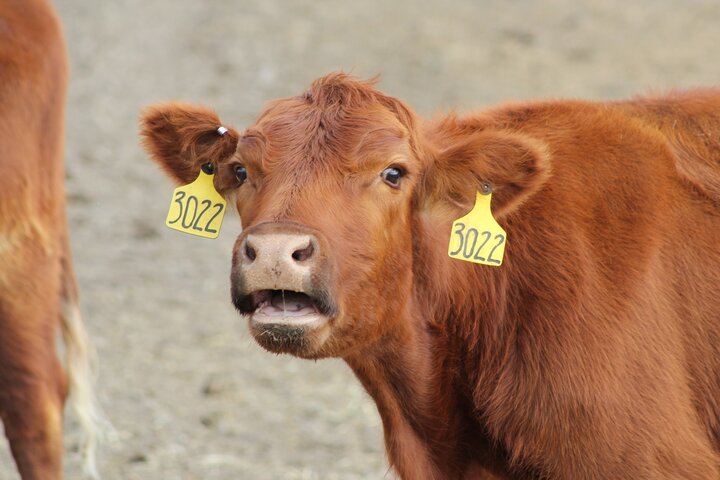Many beef producers are preparing to wean, or at least thinking about it. After weaning and prior to winter can be one of the most economical times to improve the body condition score (BCS) of a spring-calving cow. Producers should look at weaning date within each year as a supplement strategy to put body condition back on cows before winter. If cows are thinner than normal, a producer may want to consider weaning earlier to give those cows a chance to gain body condition, especially with the younger females. Heifer and cow BCS at calving can impact subsequent rebreeding performance.
Data from the Gudmundsen Sandhills Laboratory Practicum teaching herd illustrates how the time of weaning affects cow BCS over the winter and into the next summer (Figure 1). By weaning in September, cows maintained almost an entire BCS greater than weaning in October. This can be especially important if we have a wet and cold winter like 2018-2019. If it gets cold enough, there may be times producers cannot feed enough to give cows the energy needed to withstand the cold. In periods like this, cows lose body condition to offset an energy-deficient diet. Body condition scoring is an effective management tool to estimate the energy reserves of a cow, and in essence, cows with a BCS of 5 or greater going into the winter are an insurance policy or risk management tool.

In some years, forage quality, weather conditions, and time of weaning, can make putting body condition on cows more difficult. Last year, in many parts of Nebraska, high amounts of early rainfall caused tremendous forage growth. By July, that forage quality had declined and was similar to September/October forage quality. As normal weaning time occurred in 2018 for many producers, cows tended to be thinner on average. This was coupled with the increased maintenance energy requirements during the winter due to the cold stress, which left cows calving in less than optimum BCS.
In 2019, saying we have had above average rainfall is an understatement in many Nebraska locations. Although forage growth came on late due to cooler temperatures, native range quality is sitting close to average in the Sandhills. Unfortunately, the extra precipitation has challenged hay production for many beef producers. In spite of adequate range quality, the potentially decreased hay production is an additional reason to monitor cow BCS to decide a weaning date.
Interviews with the authors of BeefWatch newsletter articles become available throughout the month of publication and are accessible at https://go.unl.edu/podcast.

